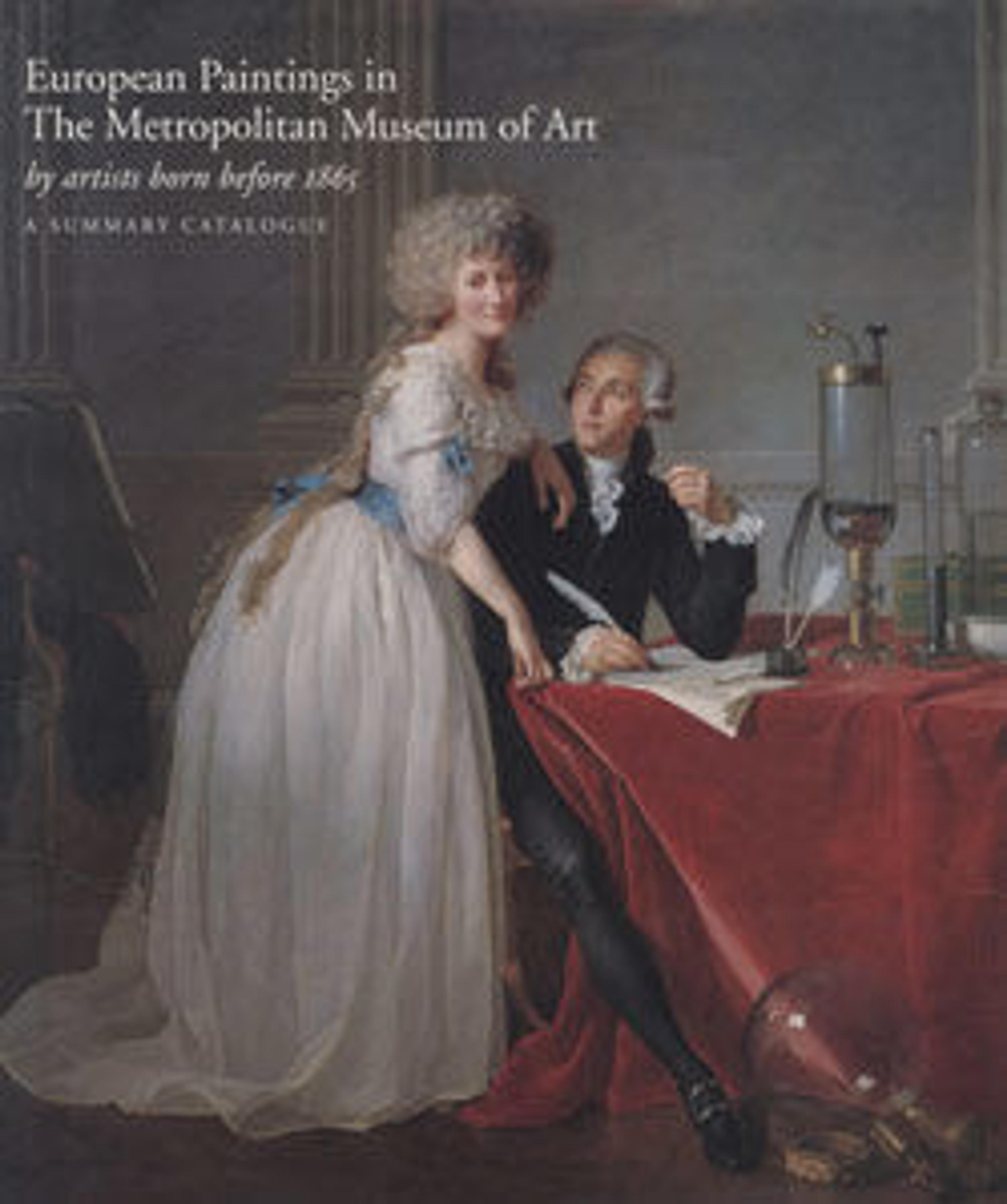Cows Crossing a Ford
The low horizon and broadly painted sky in this picture testify to Dupré’s interest in recent English art, especially the landscapes of John Constable and the late Richard Parkes Bonington. This work fits the description of an "expansive and true composition" recently painted "on the spot" in the Limousin region of central France, which a critic admired at the Parisian gallery Susse Frères in the summer of 1836. Its first owner was Paul Périer (1812–1897), an early supporter of Dupré as well as his colleagues Théodore Rousseau and Alexandre-Gabriel Decamps.
Artwork Details
- Title:Cows Crossing a Ford
- Artist:Jules Dupré (French, Nantes 1811–1889 L'Isle-Adam)
- Date:1836
- Medium:Oil on canvas
- Dimensions:14 1/4 x 24 5/8 in. (36.2 x 62.5 cm)
- Classification:Paintings
- Credit Line:Gift of Mrs. Leon L. Watters, in memory of Leon Laizer Watters, 1967
- Object Number:67.213
- Curatorial Department: European Paintings
More Artwork
Research Resources
The Met provides unparalleled resources for research and welcomes an international community of students and scholars. The Met's Open Access API is where creators and researchers can connect to the The Met collection. Open Access data and public domain images are available for unrestricted commercial and noncommercial use without permission or fee.
To request images under copyright and other restrictions, please use this Image Request form.
Feedback
We continue to research and examine historical and cultural context for objects in The Met collection. If you have comments or questions about this object record, please contact us using the form below. The Museum looks forward to receiving your comments.
